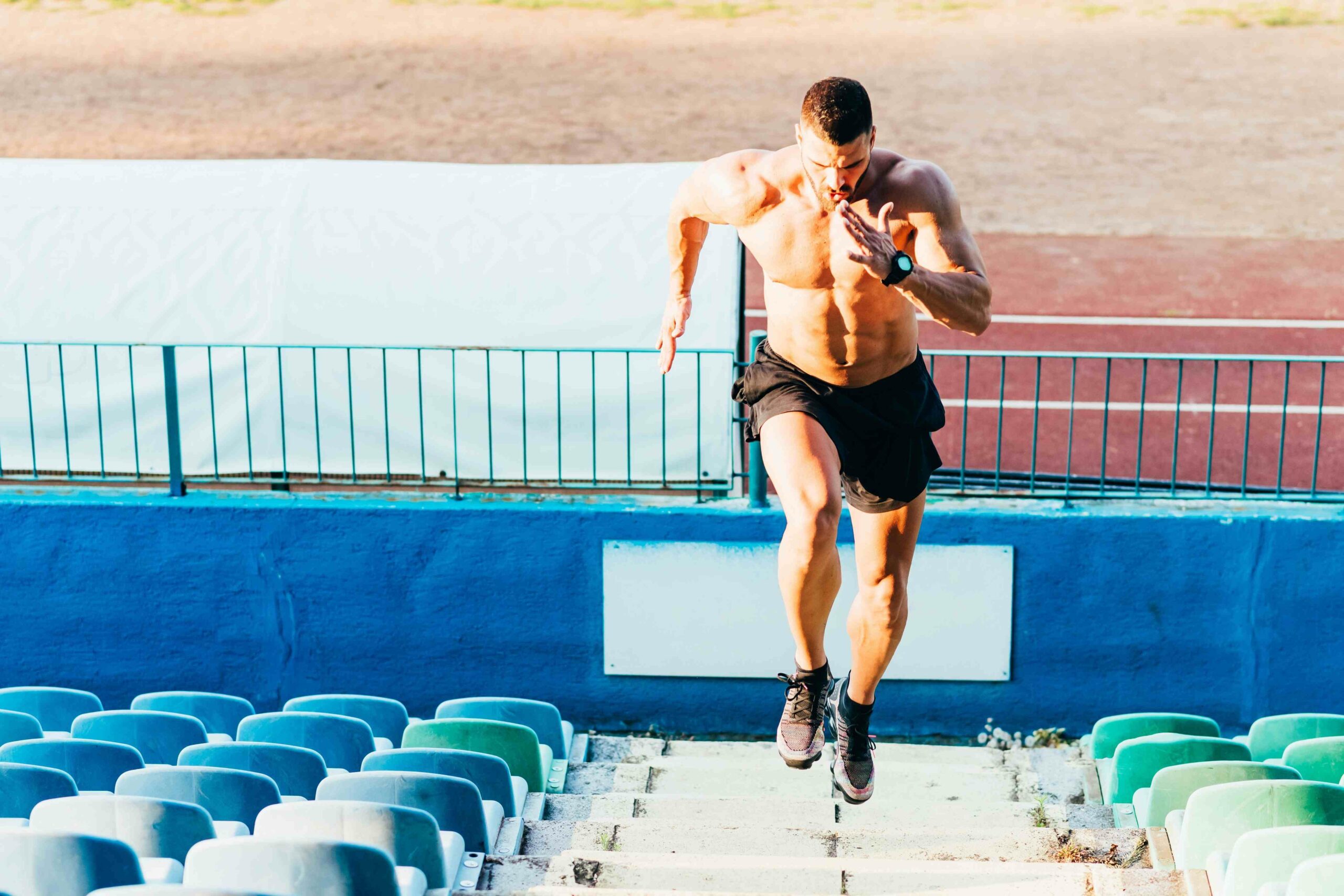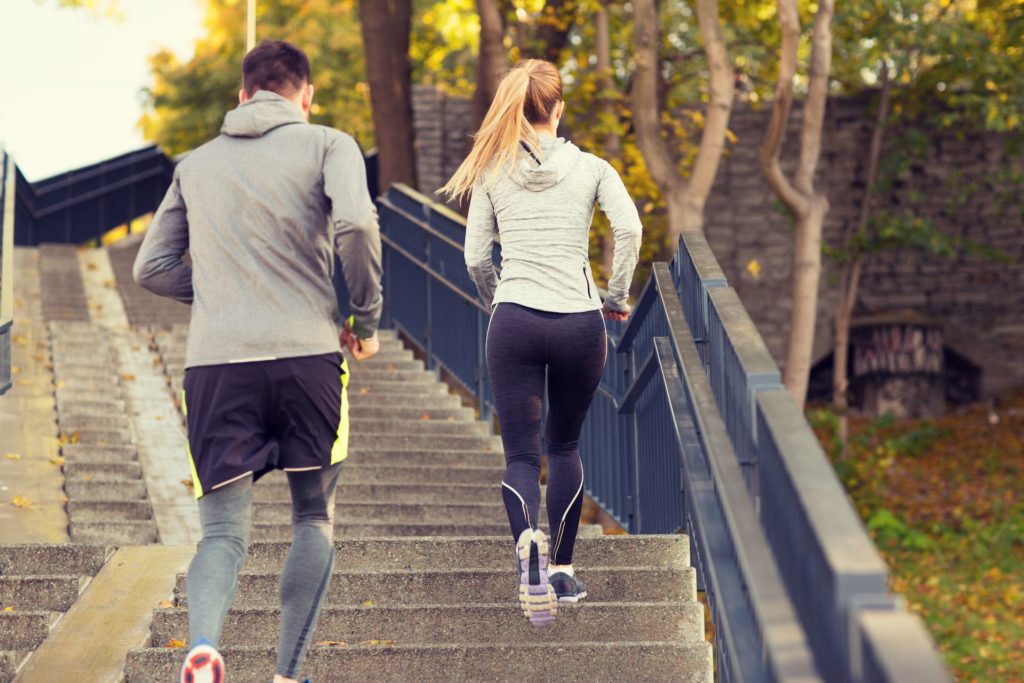How stair running improves your performance

There are many training methods that runners can use to improve their endurance, strength, and coordination. However, one particularly effective measure is far too seldom used: stair running. They improve precisely those areas that make you an even better runner. Athletes in most other sports also benefit.
My own story with stair running
When our coach in former time said we’d meet in Oerlinghausen, we knew what was ahead. Because Oerlinghausen meant strenuous training. There is a very long stair in this small town in the western part of Germany and we had to run up or jump up again and again. Back then we hated that, today I know better. Because stair running is one of the best ways to increase performance. Several studies have shown that.
What stair runnings make so valuable
- The muscles that benefit from stair runnings are the same used for running. These include the front and back thighs (m. quadriceps and ischiocrural muscles), the glute muscles and the calf muscles (m. gastrocnemius).
- You can increase your aerobic-anaerobic threshold. In other words, you can run faster for longer without getting tired. Experts call this resistance to fatigue.
- You can improve your coordination skills because even when you are exhausted, you still have to run every stairway properly to avoid stumbling.
- Stair running training can shorten your regeneration time and you burn significantly more calories than with jogging.

Start carefully with stair running
Sounds pretty good, doesn’t it? However, stair running is not for beginners. You should have a certain fitness level. Otherwise, it’s too strenuous. If you are fit but have no experience with stairs, start carefully. 30 low stairs are sufficient for the beginning. First, you should only run up the stairs and not down. My tips for the first training sessions: After a relaxed run of ten to 15 minutes to warm up and a few active stretching exercises, you can run up the stairs at a speedy pace for 5 to 8 runs and slowly back down.
Stair running for well-trained athletes
- Frequence runs: Find a staircase with 30 to 50 steps and run it up step by step at a sprinting pace. Use only your forefeet and pay attention to very short contact times with the ground. 6 to 10 repetitions with a break of two minutes after each run (walk down slowly).
- Double steps: 30 to 50 steps are ideal. After a warm-up, you can do 6 to 10 runs at a fast pace, with a break of two minutes. The ground contact times are naturally a little bit longer. But you should still try to keep them short and run on your forefoot.
- High-leg skipping: Suitable for runners who are familiar with the running ABC. 10 to 20 steps are enough. It depends on your fitness level. Do 4 to 6 repetitions with a break of 2 to 3 minutes. You can either work with speed (short ground contact times) or with a higher knee lift.
- Plyometric jumps: You jump from the 90-degree squat from one stair to the next with short ground contact times. Or you pause briefly at every 90-degree squat and squeeze explosively. It’s a great workout for your thighs and the glutes. 3 x 8 repetitions with a three-minute rest.
- Sidesteps and side jump: Make high demands on your coordinative skills. But it’s also great to strengthen your core muscles because you have to keep the balance. 3 x 10 steps while jumping. 3 x 30 steps by running and a two-minute rest in between.
- Ins and outs. Really exhausting. You run 20 steps up fast, turn around and run down. Then turn around again and run upstairs – 3 to 5 times, it depends on your fitness level. 60 seconds rest between the runs.
A few safety tips
You should wear good running shoes with a sufficient grip. Otherwise, the risk of injury is too high. Listen to your body. Stair running is a high-intensity workout and can quickly lead to overstraining. When running upstairs, you should not expect sore muscles, but there will be significant fatigue. The recovery time can be 48 hours or more. It depends on your training intensity and your shape.
2 thoughts on “How stair running improves your performance”